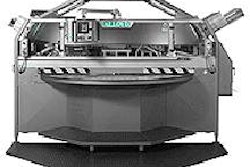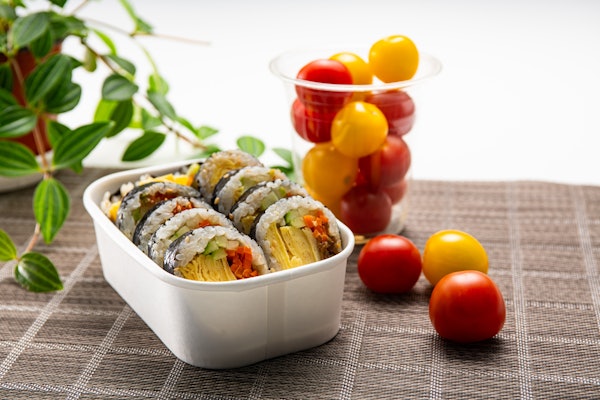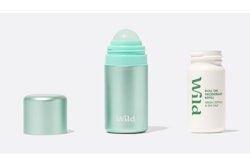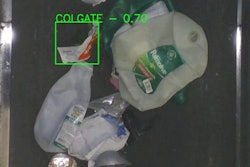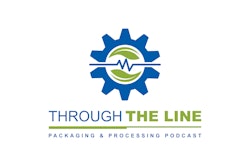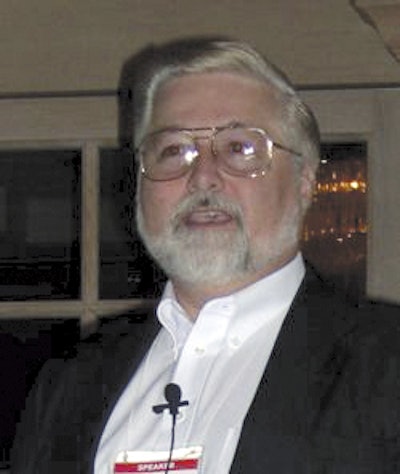
In his presentation, "Are We Doing Things Properly?", Brown explained that the process involves installation and operational qualification, as well as process and sterility validation.
Brown is the director of operations with Datascope Interventional Products, a medical device maker. He’s also a Certified Packaging Professional and engineering consultant for Dave Brown Associates LLC, a firm focused on resolving engineering issues. He relied on his 24 years of medical packaging experience in offering an audience of more than 100 people insight into various medical packaging topics, such as:
Brown offered three case studies, based on his consulting experience. One involved customer complaints about material delamination where the solution was to resize a seal tool and eliminate a lid-seal edge to a rigid tray. He said it cost the customer only $300 to resize a heat plate and make the lid the correct size. The issue was solved in two days after the customer spent months addressing the challenge.
The second case study involved a customer who could not finish accelerated age testing due to blister cracking. Brown’s company solved the problem for $1귔 with simple mold redesigns that reengineered the tray to eliminate stress. Packaging cushioning materials were improved, and machinery temperatures were lowered.
The final application mentioned was with a European customer who struggled with sealing rigid trays because the seal flange curled before hot tack was completed. The problem had existed for more than a year. It was solved by working with a supplier to eliminate stress in the blister and by controlling flange variation tolerances.
Brown said that medical device makers who truly knew what materials they wanted for their packaging and knew where to purchase those materials could save anywhere from 25% to 50% in costs.
He concluded by addressing the presentation’s question, "Are We Doing Things Properly?" He believed that medical packagers understood the basics, though they still tended to underestimate what it takes to get things done. He believed that most companies do conform to ISO 11607 but may not know it. He advised HealthPack attendees to learn the basics of packaging. "And remember to respect your suppliers. You never know when you might need a favor."




